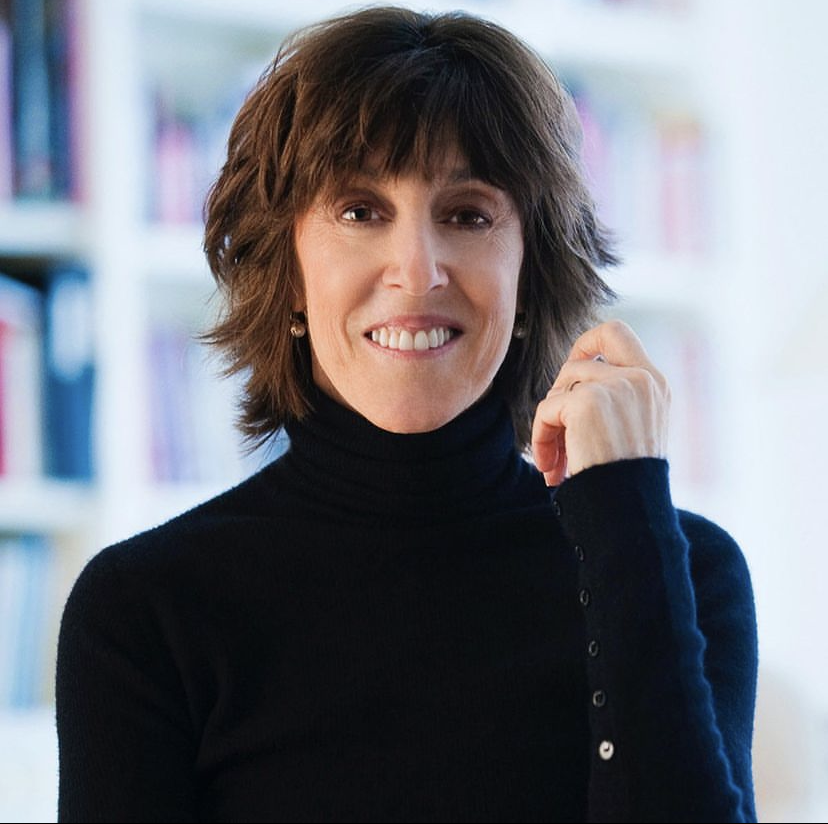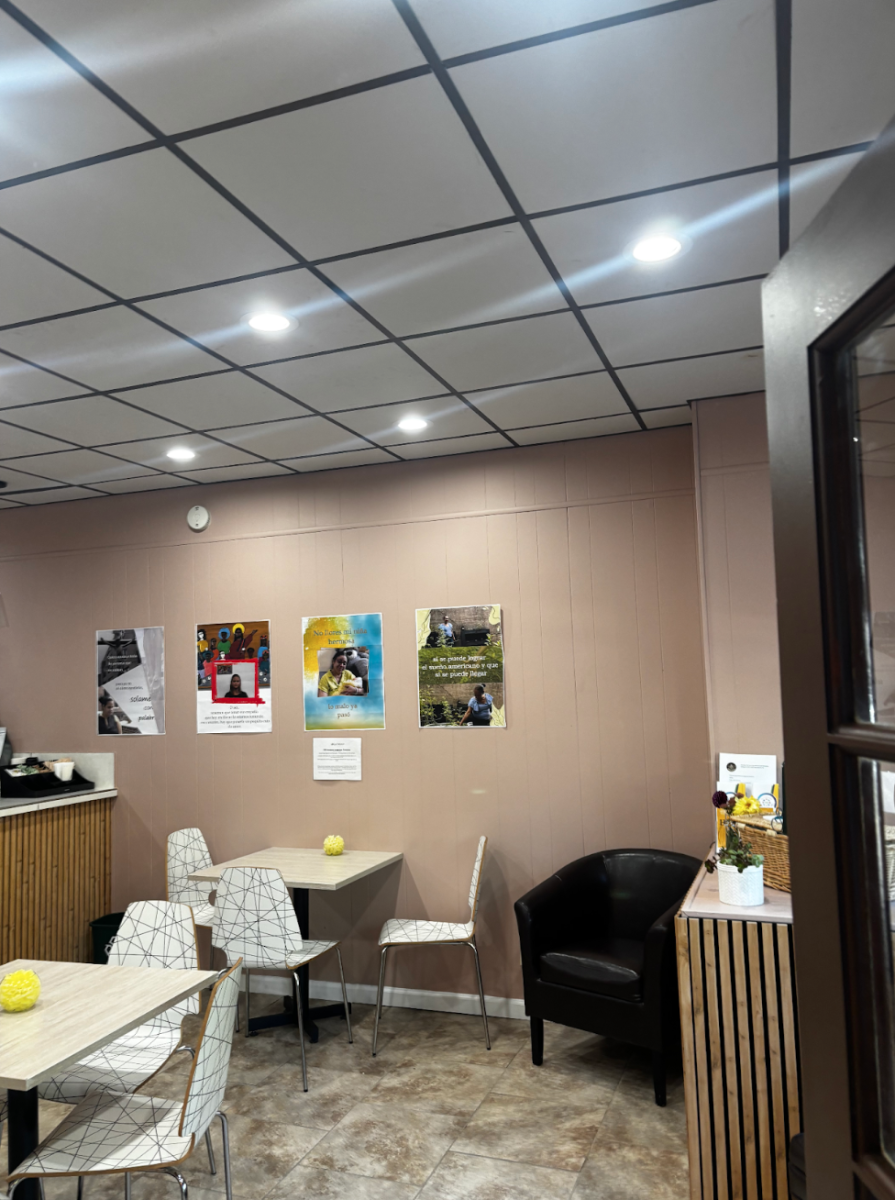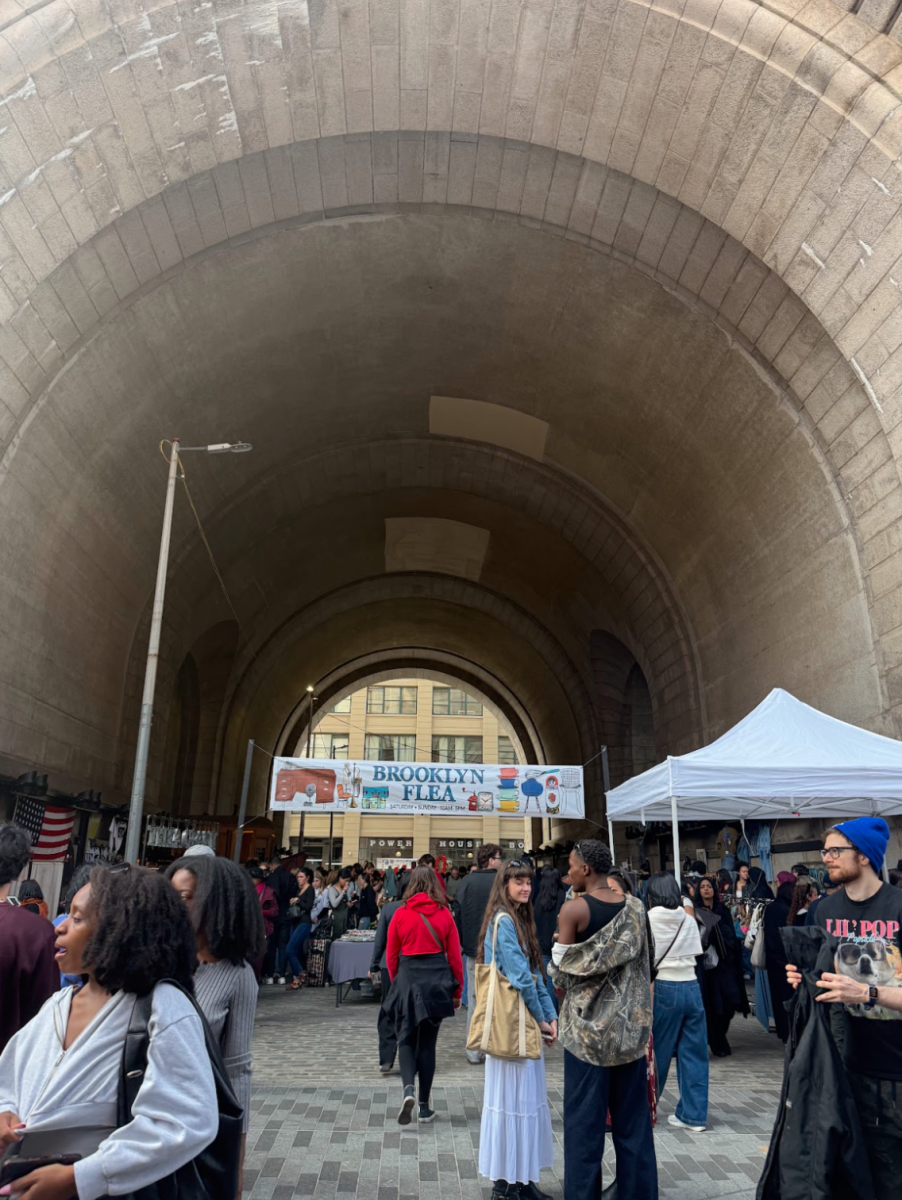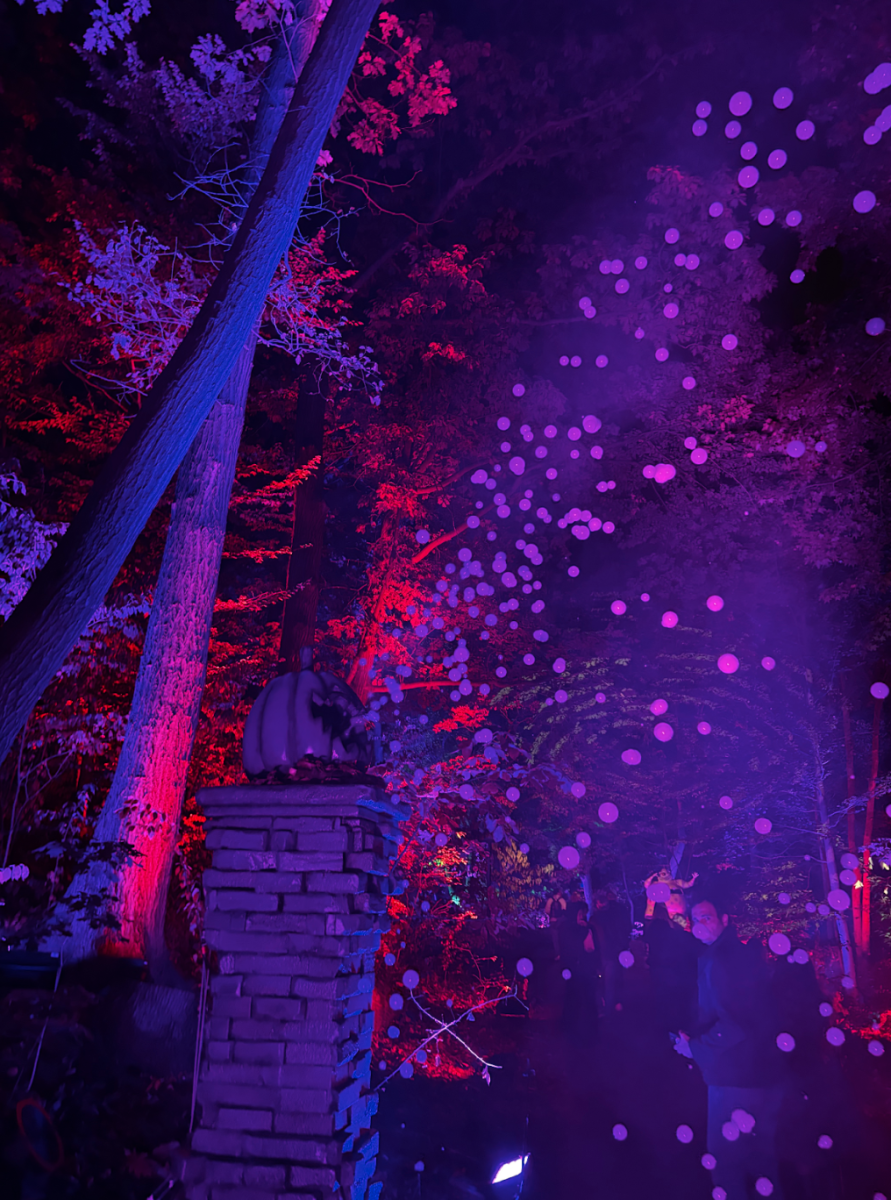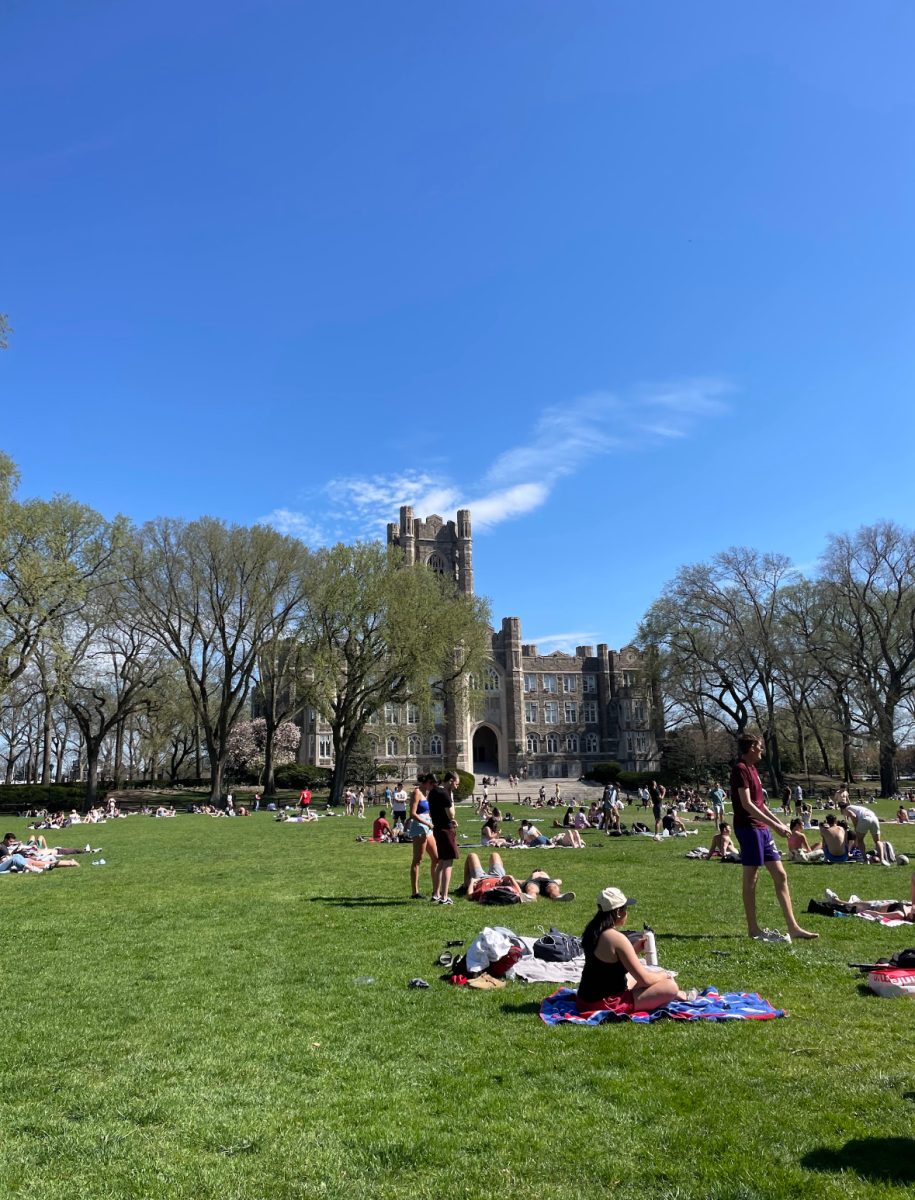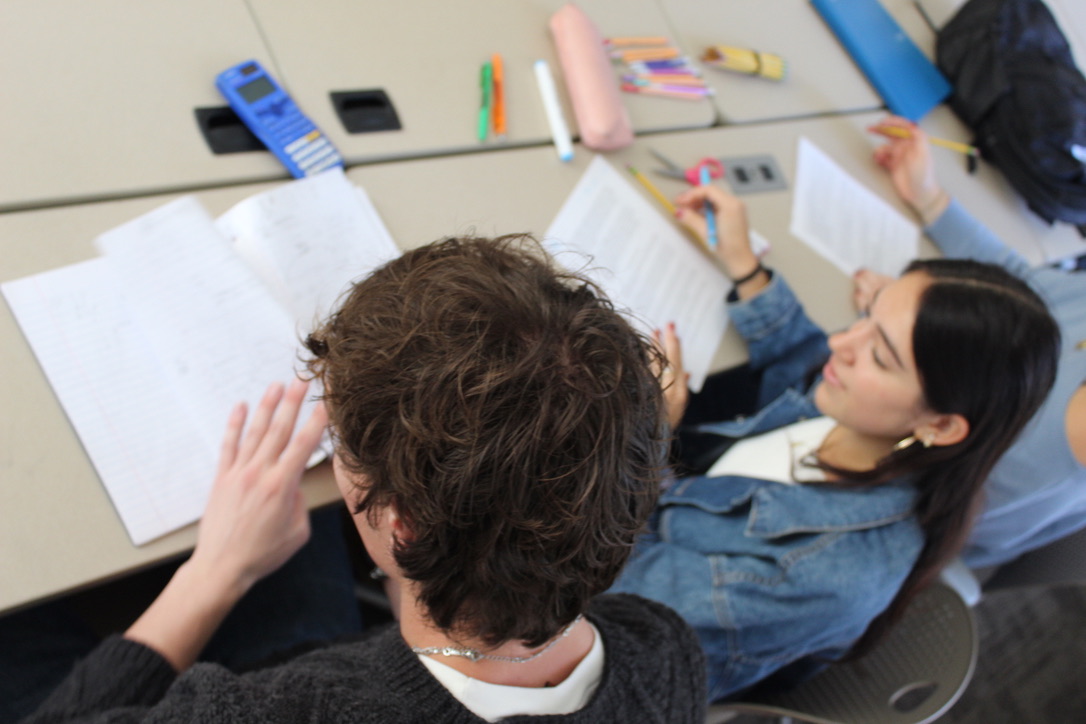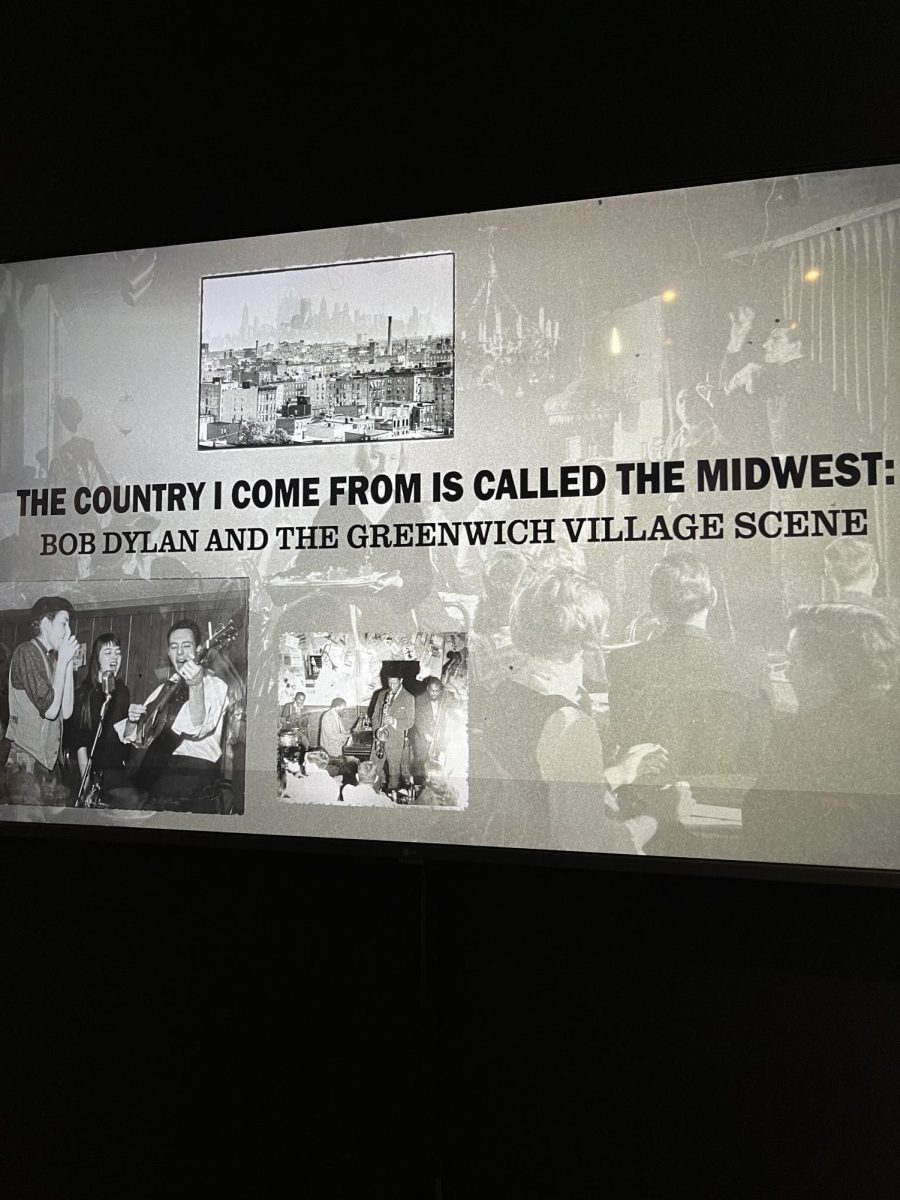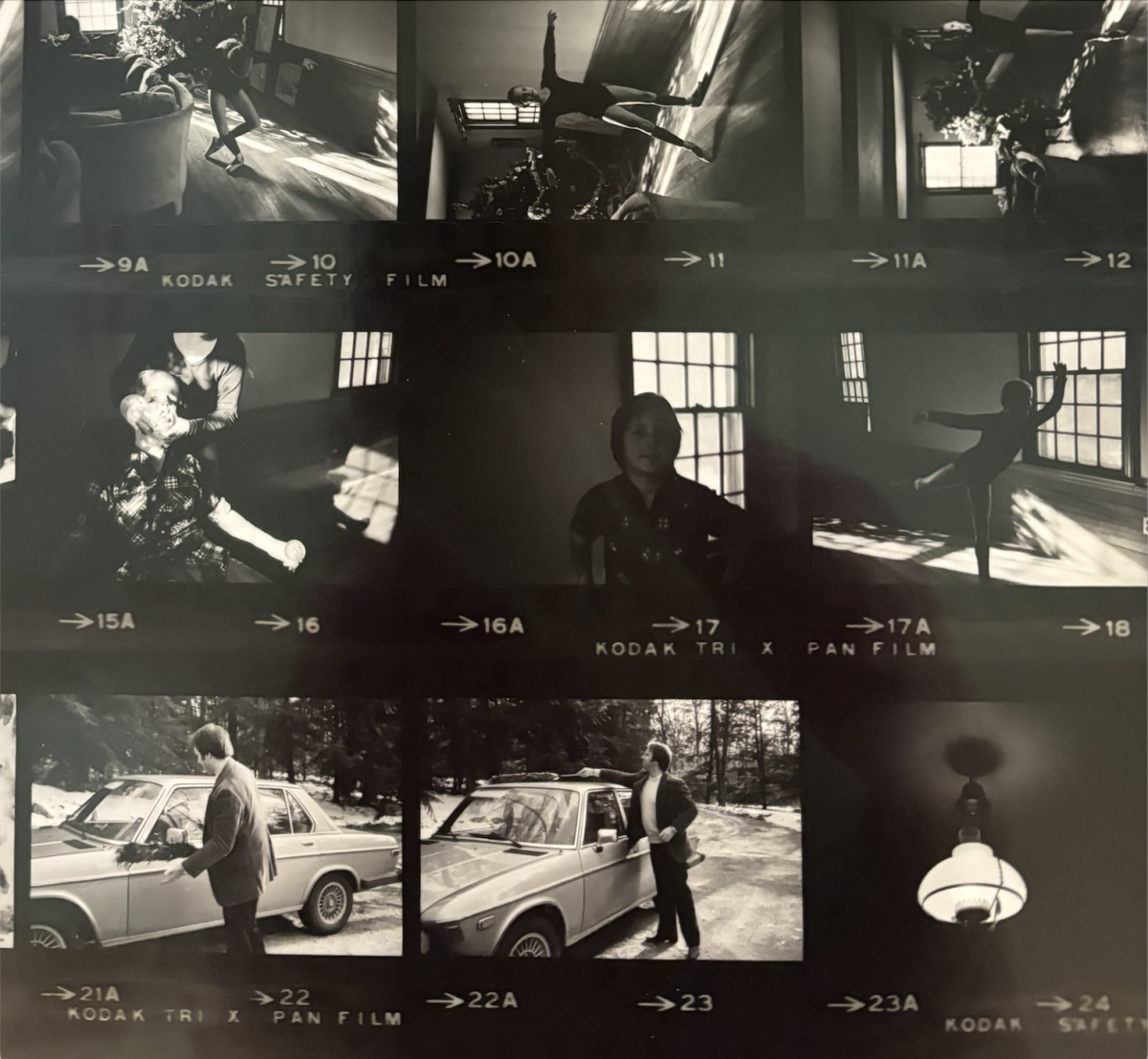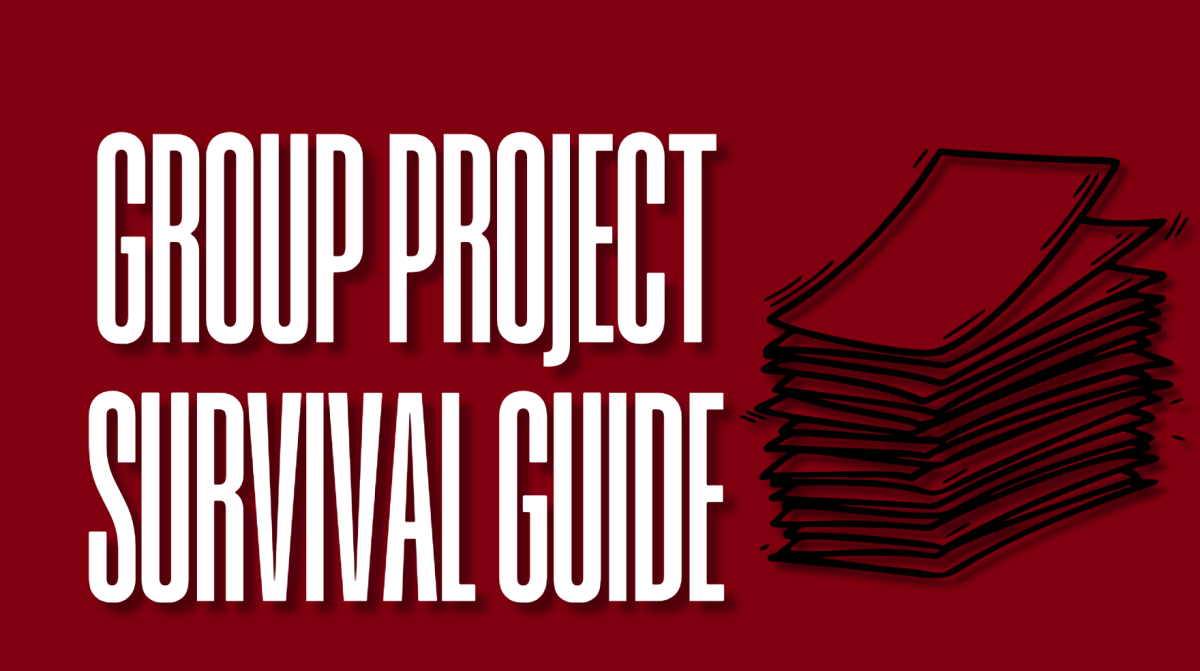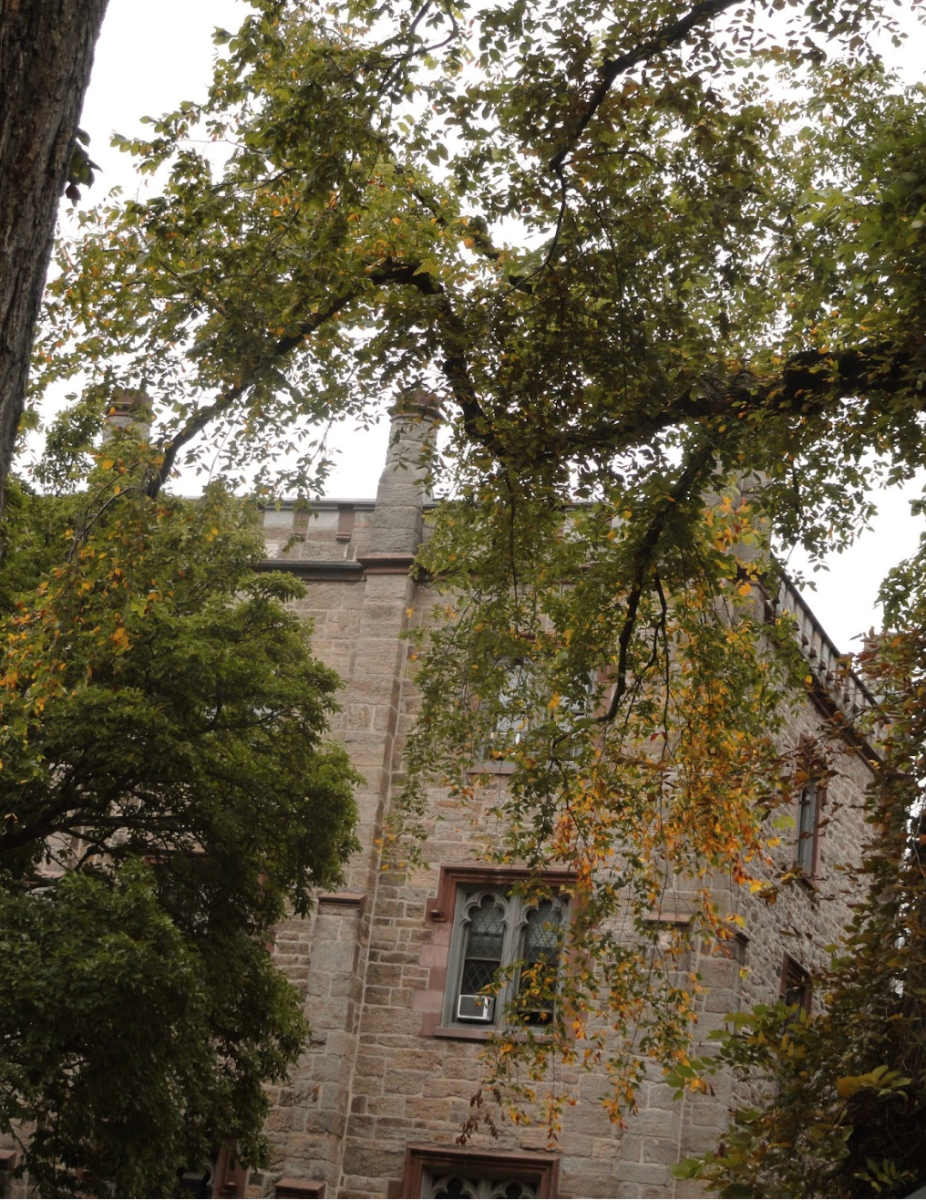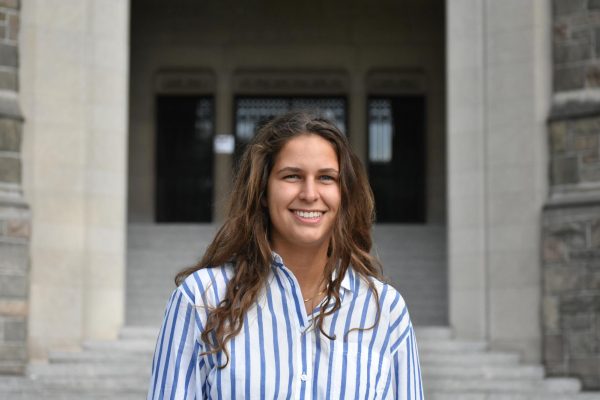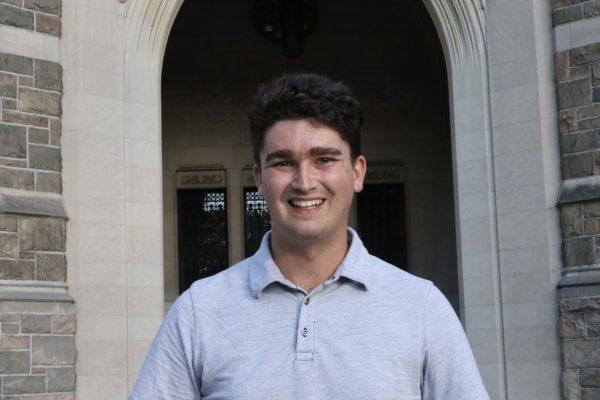For the two of us, popping into Zabar’s isn’t just about a grocery haul, it’s a revisitation of a scene from an iconic ’90s rom-com. For us, a walk around the Upper West Side also involves poking our heads through the gate of the Apthorp, hoping to catch a glimpse of the courtyard and evade notice from the security guards. In other words, we’re living in Nora Ephron’s New York City.
If you don’t know who Nora Ephron is, then you definitely know her work. If you say you don’t know her work, then you’re more than just culturally unplugged — you’re unaware. She wrote the screenplays for and directed the best rom-coms of all time (“When Harry Met Sally,” “Sleepless in Seattle” and “You’ve Got Mail”), the delightful “Julie & Julia” and the original script for “All The President’s Men.” While it was her films that brought her the most acclaim, she was also an extraordinary journalist, novelist and essayist. What ties her extensive and diverse body of work together is that she immortalized an indescribable city in a way that still inspires her audiences today.
Where else can this story start other than with Ephron’s beloved Apthorp? The Apthorp is a hulking building on the Upper West Side and the apartment complex that Ephron called home for decades. Her time in her Apthorp apartment is celebrated in “Moving On, a Love Story,” an essay she wrote for the New Yorker in 2006. To Ephron, her apartment wasn’t simply a place to lay her head at night, “it was a symbol of family. It was an emblem of the moment in my life when my luck changed,” and she brings it to life for her audiences in this essay. With her undeniable wit she illustrates a spacious “five, count them, five” bedroom, rent-stabilized apartment us Gen-Zers can only dream of, and characterizes some neighbors we never hope to meet.
Like so many of the settings throughout Ephron’s work, in this essay the Apthorp becomes more than the sum of its parts. Walking by the Apthorp on the Upper West Side, and looking up to the fifth floor to discern which windows were Ephron’s, is a reminder to all of us passersby that we can carve out a space for ourselves in this ever-changing city and make it ours, at least for a little while.
It is not just in her writing that she engages with New York in this way. Her films set in New York all use the city as a backdrop for character driven stories. Meg Ryan and Billy Crystal walk through Central Park in “When Harry Met Sally.” The grand finale of “Sleepless in Seattle” takes place on top of the Empire State Building. Amy Adams serves a Julie Child-inspired feast to her friends on a rooftop deck in Queens with the iconic backdrop of the Manhattan skyline in “Julie & Julia.” Just like with her Apthorp essay, she shows how these people made New York part of their story.
What can be hidden by Ephron’s reputation as a rom-com director is her pioneering spirit. She was part of a wave of female reporters in the 1970s which challenged the male-dominated industry of journalism. Later in her career, she became a very successful Hollywood director which is another industry that was especially male-dominated in the 1980s ands ’90s. It takes a lot of courage to push against the status quo, yet Ephron did so throughout her whole career. Her sharp New York edge gave her the ability to stand up to her doubters and allowed for future women to follow her footsteps in those industries.
Ephron was born in New York City, but she moved to California when she was a child and went to college in Massachusetts, and she describes her time apart from the Big Apple as a “horrible intermission.” During the years she spent dreaming about New York, she “thought it was going to be the most exciting, magical, fraught-with-possibility place that you could ever live in… And I turned out to be right.”
In 2010, two years before her death, Ephron published her last collection of essays, “I Remember Nothing,” and she ends it with two lists, “What I Won’t Miss” and “What I Will Miss.” Her second-to-last entry on her list of things she will miss is “coming over the bridge to Manhattan.” Which bridge is she referring to? We don’t think it matters. All of them expose a different angle of a skyline that conveys the same sense of wonder. The love with which Ephron encapsulated the city makes her audience feel like any time outside of New York is a horrible intermission, too.





































































































































































































